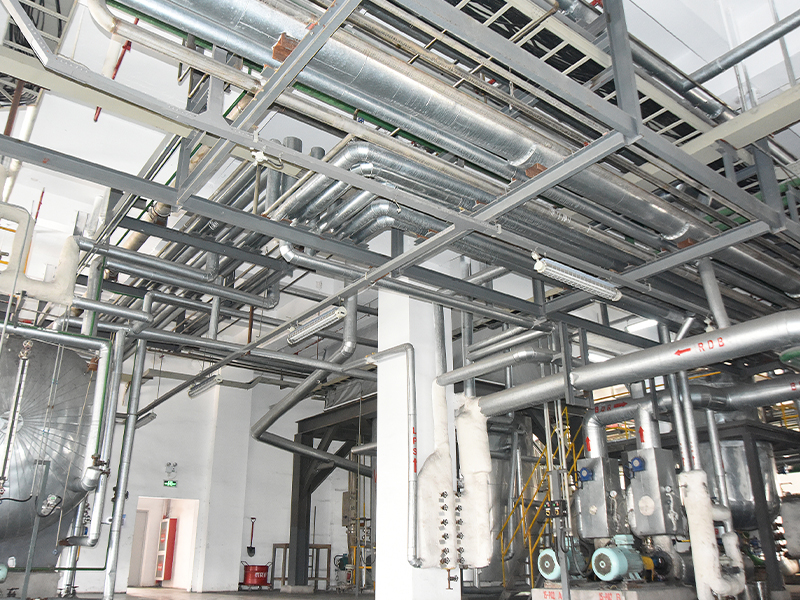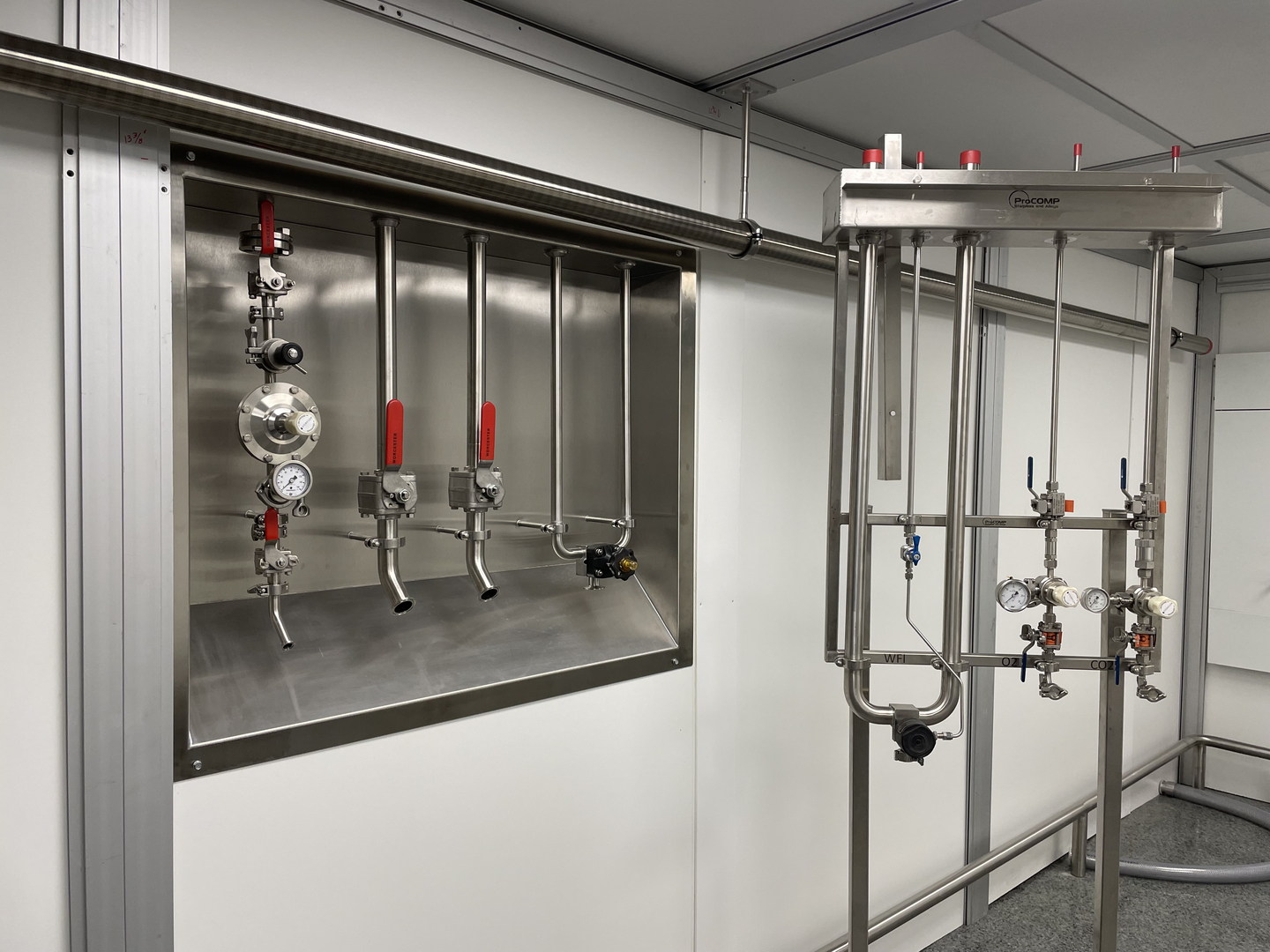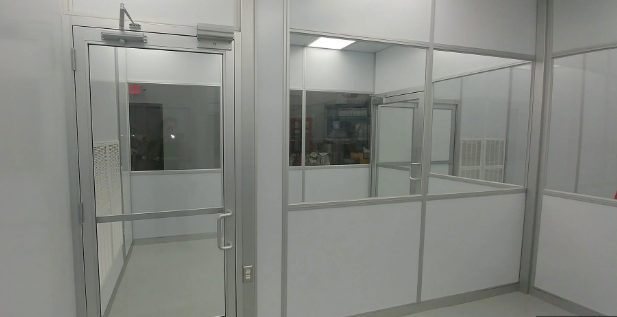Cleanroom door designs are tailored to accommodate the specific requirements of various cleanroom classifications, which range from ISO 1 (the cleanest) to ISO 9 (the least clean). Each classification has its own standards for cleanliness, particle control, and environmental conditions, which influence the design and functionality of the doors used. Here’s how cleanroom door designs accommodate these needs:
Particle Containment and Airflow Control
High-Grade Sealing: In higher ISO classifications (e.g., ISO 1-3), where particle control is critical, doors are designed with advanced sealing mechanisms to prevent leaks and maintain the cleanroom’s integrity. These seals are often made from high-quality materials that can withstand the cleanroom environment without degrading.
Airflow Management: Cleanroom doors in these classifications are often designed to work with the cleanroom’s airflow system. For instance, automatic doors can be programmed to minimize the duration they are open to reduce airflow disruption and prevent contamination.
Materials and Construction
Durable and Non-Porous Materials: For cleanrooms requiring stringent controls (e.g., ISO 1-5), doors are constructed from non-porous, smooth materials like stainless steel or high-grade plastic. These materials are easy to clean and do not harbor contaminants.
Anti-Microbial Coatings: In cleanrooms where microbial control is critical (e.g., ISO 6-8), doors may be coated with anti-microbial finishes that inhibit the growth of bacteria and other microorganisms.
Size and Configuration
Custom Sizes: Cleanroom doors are often custom-designed to fit specific sizes and configurations required by the cleanroom layout. For higher classifications, this customization ensures that doors fit precisely, contributing to better containment and environmental control.
Sliding vs. Swinging: Sliding doors are commonly used in higher ISO classifications because they minimize the space through which contaminants can enter and reduce the disruption of airflows. Swinging doors might be used in lower classifications or areas where space constraints make sliding doors impractical.
Automation and Control Systems
Advanced Automation: Higher classification cleanrooms often use advanced automatic doors with features like motion sensors and timed closures. These features help maintain strict contamination control by reducing the time the door is open.
Integration with Environmental Controls: Automatic doors in cleanrooms are typically integrated with HVAC systems to ensure they do not disrupt the temperature and humidity levels. This is particularly important in higher ISO classifications where environmental stability is critical.

Accessibility and Safety
Compliance with Regulations: Doors in cleanrooms must meet safety and accessibility regulations while still maintaining cleanliness. For higher classifications, this might involve more sophisticated mechanisms to ensure ease of access without compromising cleanliness.
Emergency Features: In cleanrooms of all classifications, doors are designed to handle emergency situations such as power failures. Higher classification cleanrooms may require more advanced emergency systems that ensure the cleanroom environment remains controlled even during power interruptions.
Maintenance and Cleaning
Ease of Cleaning: For higher classifications, cleanroom doors are designed for easy cleaning and disinfection. This involves smooth, seamless surfaces and removable components that can be sanitized without difficulty.
Regular Maintenance: Maintenance protocols are critical for all cleanroom doors, but in higher classifications, the procedures are more rigorous to ensure that the doors continue to meet cleanliness standards over time.
Cleanroom door designs are adapted to meet the specific needs of different cleanroom classifications through precise material choices, advanced sealing, and automation features. These adaptations ensure that each cleanroom meets its required standards for cleanliness, particle control, and environmental conditions, while also addressing practical considerations such as safety and maintenance.

 English
English русский
русский Español
Español





